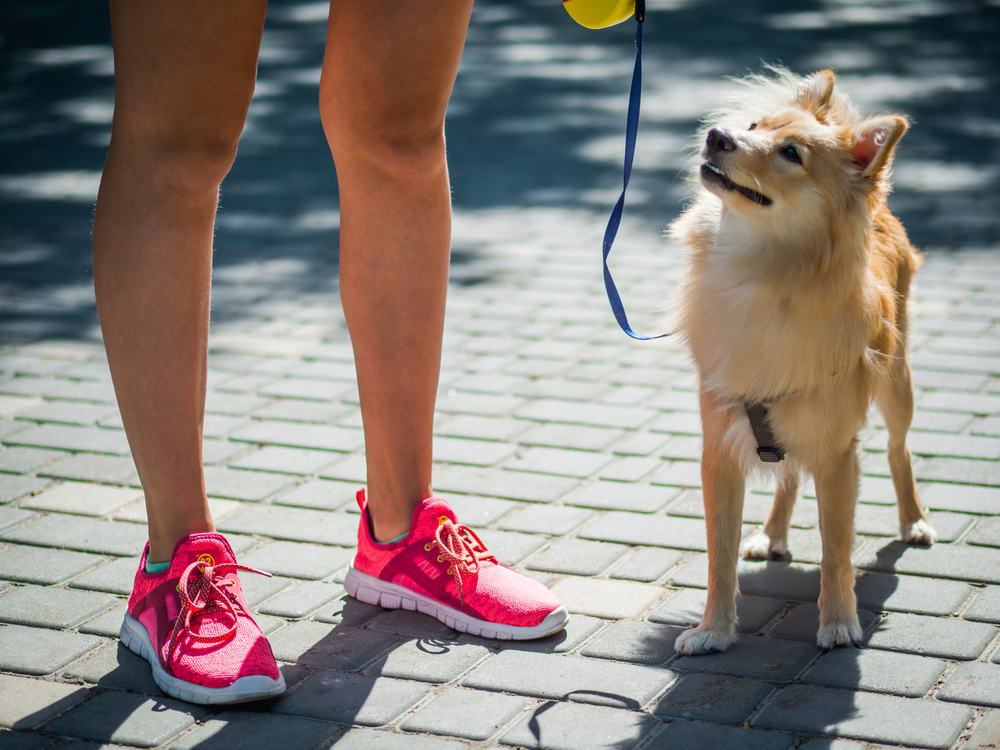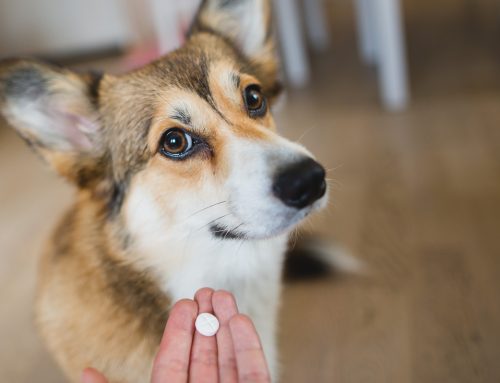Summer is a race against the clock. Everyone is trying to make the most of the long, sunny days before the season ends. Every year, Country Valley Veterinary Clinic witnesses a different kind of race, where overheating pets are in a race against time, as pet owners and veterinary staff work to save them from deadly heatstroke. Protect your pet this summer by knowing hot weather risks and the warning signs of heatstroke in pets.
What is heatstroke in pets?
Heatstroke is caused by high ambient temperature when a dog or cat cannot effectively cool themselves and control their body temperature. A pet’s normal body temperature is between 100 and 102.5 degrees, and heatstroke is classified as 105 degrees and higher. At that temperature, panting is not enough to remove excess heat, and the pet’s body redirects blood flow from the organs to the skin’s surface for cooling. The longer the body works to cool itself, the longer the organs go without adequate perfusion (i.e., blood circulation) and become damaged.
Is heatstroke in pets preventable?
Accidents happen, but in general, heatstroke is preventable. Owners must always prioritize their pet’s safety during hot weather, and ensure they have adequate water, shade, and access to air conditioning. Leaving pets at home during peak summer heat may earn your pet’s sad puppy-dog eyes, but is the kindest thing you can do.
When does heatstroke in pets commonly occur?
The most common scenarios for pets experiencing heatstroke include:
- Being left unattended in a parked car
- Being outside for a prolonged period without shade or water
- Overexertion from physical activity, which can be caused by a lack of acclimation to the heat, or performing high-intensity aerobic exercise
- Busy summer events, such as house parties, where a pet’s status and location may go unchecked
What does heat stroke in pets look like?
Observant owners will catch their pet’s early distress signs, which usually begin with increased panting and restlessness as the pet searches for relief or a cooler location. Pets may then begin to panic, worsening their condition, and showing these signs:
- High heart rate and respiratory rate
- Excessive drooling
- Heavy, rapid panting
- Vomiting or diarrhea, which can be bloody
This is a critical point for intervention. Beyond this point, the “clock” has started, as your pet’s body temperature climbs higher and their nervous system is affected. They will now show advanced signs, including:
- Lack of coordination
- Stumbling, weakness
- An absent or dull expression
- Seizures
- Collapse
- Loss of consciousness
- Death
Heatstroke is a veterinary emergency. If you see any indication of heatstroke in your pet, call us immediately. If your pet has not lost consciousness, we may recommend you take the following actions:
- Move your pet indoors, preferably into air conditioning.
- Offer cool water, but do not force your pet to drink.
- Wet your pet down with cool water in a bathtub or sink. Do not use cold water, which constricts the vessels and redirects warm blood to your pet’s organs.
- Take your pet’s temperature to establish a baseline. If they have not improved in 10 minutes, bring them to our clinic, or the nearest emergency facility.
- If your pet has improved, call us to schedule a follow up appointment as soon as possible. Our veterinarian will want to check your pet for organ impairment or damage that may not be immediately detectable.
Do pets recover from heatstroke?
With timely treatment, which can involve supportive care for minor cases, pets can survive heatstroke. For more severe cases, survival rates fall. Much of the heatstroke damage to pets cannot be determined until several days after the patient has been stabilized.
How can I prevent heatstroke in my pet?
Part of the tragedy of heatstroke is that it’s needless. Pet owners can easily neutralize the threat by taking basic measures to protect their pets from hot weather.
- Provide generous amounts of fresh water and shade if your pet is outdoors.
- Do not insist your pet stay outside.
- Keep brachycephalic (i.e., flat-faced) breeds, such as pugs, shih tzus, and bulldogs, inside during summer months, as their facial structure makes them highly vulnerable to heat stress and heatstroke.
- Never leave your pet in a parked car, where temperatures can soar in as little as 10 minutes on a 70-degree day.
- Exercise your pet in the cooler mornings and evenings.
- Do not leave pets unattended outdoors.
Can heat affect my pet in other ways?

Heat can pose additional challenges to pets and their owners. Here are a couple of things to be aware of:
- Pavement can heat up quickly and burn paw pads. Check a surface temperature with the back of your hand—if you cannot comfortably keep your hand in place for seven seconds, the surface is too hot for your pet to walk on.
- Some vehicles have poor rear air conditioning, causing your pet discomfort. Add a portable fan to force air toward the rear of the vehicle, or make or purchase a flexible tubing extension for your air conditioning vent known as The Noggle.
Country Valley Veterinary Clinic hopes this guide will help you make informed decisions about your pet’s heat safety. May a race to the ice cream truck be the only race you share with your pet this summer, but if you have questions or concerns, give us a call anytime.







Leave A Comment